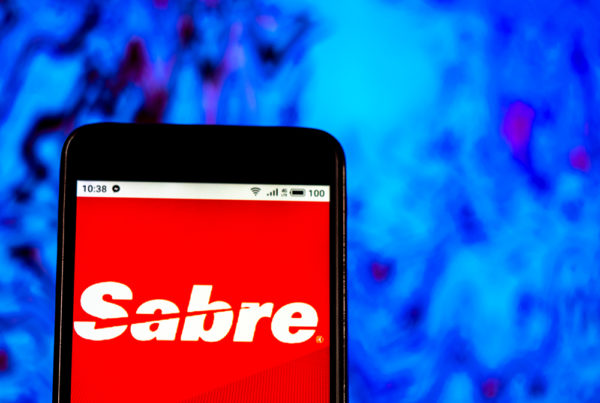How do you get exposure to stocks AND 10%+ income when the market’s high and rates are low? It’s closed end funds to the rescue…
— Bob Bogda, Editor
P.S. Like what you see? Don’t like what you see? Let me know.

The S&P 500’s run since it’s early spring beatdown has been nothing short of remarkable.
From its March lows, the index has soared better than 50%. Never mind the COVID-19 pandemic, which has infected nearly 5.5 million Americans and counting and killed over 170,000 and counting. Never mind the most cataclysmic U.S. GDP slowdown since the end of World War Two.
The market’s up. Way up!
Of course, the move is primarily thanks to a handful of high flying, mega-cap tech names, the five largest of which account for a fifth of the value of the S&P 500. Are you among those investors who throw up their hands and say, “If you can’t beat ‘em… join ‘em” and pile into what’s working in the hope that what’s already high goes higher?
I can’t. I just can’t do it.
So, what’s a rational investor to do?
Enter the humble, oft-forgotten closed-end fund (CEF).
Tracing their history back to 1893, thirty years before the first open-ended mutual fund debuted in the United States, CEFs are the original exchange-traded fund (ETF). Like ETFs, CEFs trade on an exchange and are liquid as long as the market for them is available, and their value is determined by the underlying basket of investments the fund owns.
That’s about where the similarities end.
Unlike their younger, distant cousins, CEFs are not passive. They’re actively managed by investment professionals who select the investments based on the fund’s objective. Historically, some CEFs have also been able to use leverage (borrowed money) to juice up returns and income distributions to shareholders. On the surface, this feels like a risky proposition and in times of high interest rates it can be. But in today’s ridiculously low rate environment, which should be with us for quite some time, it represents a golden opportunity for a manager who knows how to use leverage wisely.
Best of all, many CEFs always seem to be on sale. Typically, CEFs have two prices: the market price and the net asset value (NAV), which is the value of its total assets expressed on a per-share basis. More often than not, there is a disconnect between the two. Usually, it’s a discount that typically amounts to five to 10%. That’s especially appealing to dividend investors like me who are able to spend $90 to $95 to get $100 of income-producing assets.
Simply put, CEF shares can trade at an attractive discount to the underlying value of the fund’s portfolio. Throw in attractive yield, and the argument for owning these trusty vehicles is compelling.
SPONSORSHIP
The Most Important Chart You’ll See Today
For a short time…
You can receive access to one of the most successful wealth secrets in our business.
If you’ve lost some income as a result of what’s going on in the markets…
It’s one of the only ways we know to get paid instantly, a simple technique you can use on your phone or laptop at home.
Here are a handful to consider:
Virtus Total Return Fund (ZTR) – With a primary objective of capital appreciation and a secondary objective of current income, ZTR actually fits the bill as a balanced fund featuring a 60/40 split between stocks and bonds. The equity portion tilts toward utilities and industrials. Not bad, considering that those particular sectors are not over-valued and, historically, are known for superior dividend yields.
ZTR shares can be picked up for around $8.20 with a generous 11.75% yield. Shares of the fund currently trade at a 10% discount to their NAV. Buy now and save!
Clough Global Opportunities Fund (GLO) – With a focus on technology, healthcare and financials, GLO also maintains a 14% short position as a hedge and to take advantage of market volatility. The fund also uses leverage, with a current leverage ratio of 32%. That’s not too terribly out over their skis, especially in an extreme low rate environment.
GLO shares can be snapped up for around $9.70 and trade at a compelling 13% discount to NAV. The fund currently pays an 11.14% annual distribution on a monthly basis.
Voya Natural Resources Equity Income Fund (IRR) – Looking for a real bargain? This is your fund. As the name implies, this fund owns securities of companies that pull stuff out of the ground, mainly energy and gold.
This past spring, when the world entered full pandemic mode, the energy market was hit particularly hard as the global economy literally came to a screeching halt. The turmoil was so severe that oil futures contracts actually went negative during one trading session. Naturally, energy-related stocks got clobbered. Many of the names have recovered from their ten-cents-on-the dollar panic lows. However, there are still plenty of discounts and there is money to be made.
With many pundits predicting markedly higher inflation and a weaker U.S. dollar, natural resources stocks could be a good bet. In addition to buying beaten-up energy, you get some exposure to gold without paying record-high prices.
IRR shares are priced at around $2.50, throw off a 12% distribution and trade at a 19% discount to NAV.
SPONSORSHIP
America’s #1 Investor Has a Message for You
“A new force is ripping through our economy. And I believe it could transform 818,000 folks into new millionaires. Do nothing and you could be left behind.” —T










